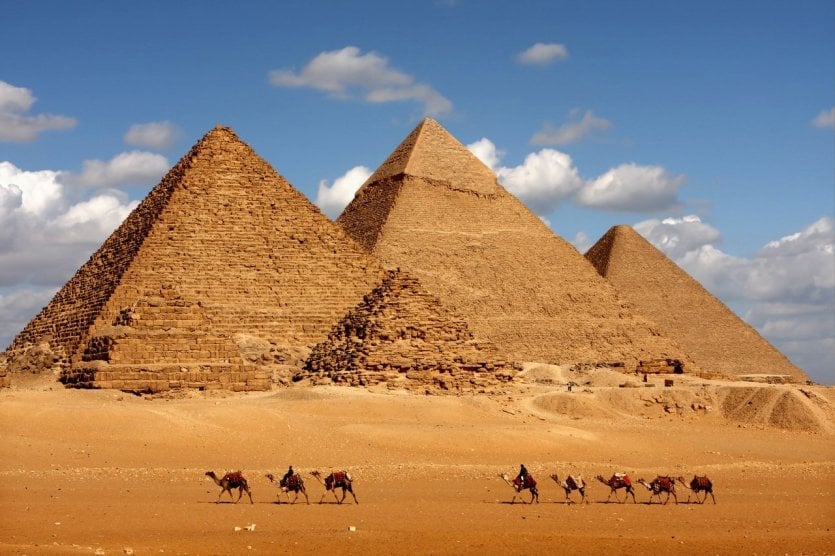
A trip to Egypt is guaranteed to be an unforgettable experience in one of Africa's must-see destinations. Sure to be "the mother of the world", Egypt continues to welcome, with arms wide open, all those who wish to discover its extraordinary and never equalled monuments, for it remains eternal. A land of history with countless exceptional sites, but also a sea of diving, since Egypt, along with the Red Sea, is renowned the world over for its coral reefs. Here's a brief overview of the must-see sites in the land of the Pharaohs.
1. Cairo
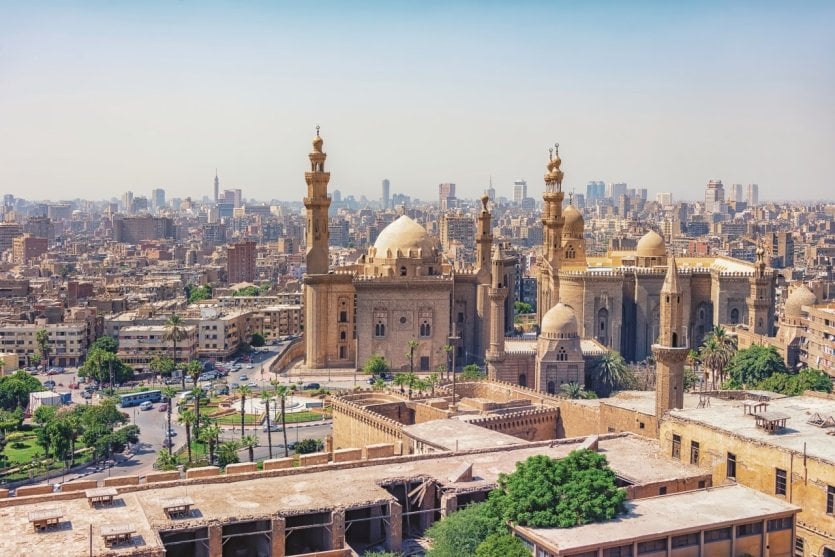
Set on the banks of the Nile, at the very beginning of the fertile Delta lands, Cairo is the second-largest city on the African continent (after Lagos in Nigeria), although its perfume is that of a fully Arab city, and one of the world's must-visit capitals. Today, the Cairo conurbation encompasses all the ancient cities that were once distinct from one another (Memphis, Babylon, Foustat, El-Qahira, Heliopolis...) and stretches all the way to the foot of the Giza pyramids. In other words, there's no shortage of things to see! Egyptians call it Misr, from the Arabic name for Egypt, as if the country were symbolically embodied by its capital. Nearly 20 million people live in Greater Cairo. The first few hours in the capital can be exhausting. But don't worry, you'll get used to it. After a few days, you'll be amazed at how well you can withstand the dizzying pressures of Cairo. Adaptation happens slowly, without you even noticing. As long as you let yourself be carried along by the ambient rhythm, slowing down your own, seizing every lull and savoring the many moments of grace. The anarchy of Cairo's activity resists any rational explanation. It's one of the charms of this city.
2. The pyramids of Giza
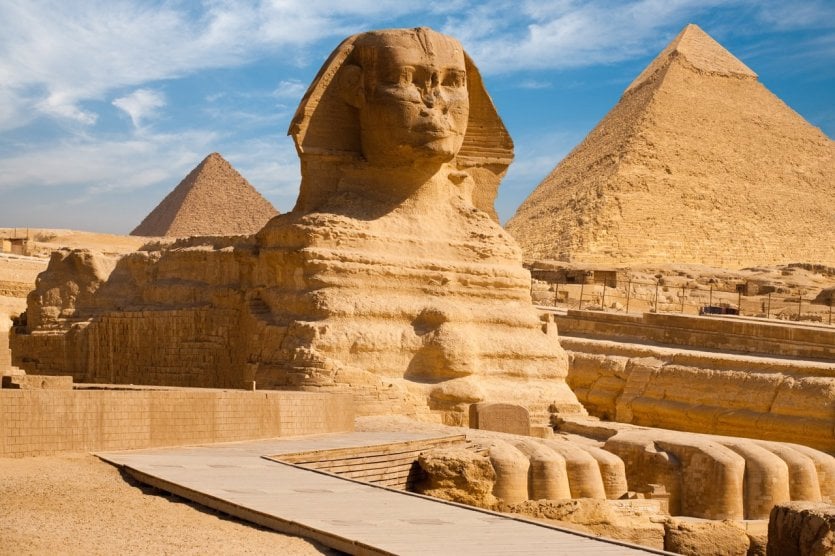
The pyramids... These grandiose monuments are absolutely unique and without equal, as it is unlikely that man will ever be able to build anything like them in the future. On the Giza plateau, a visit to the pyramids of Giza is essential, as they are one of Egypt's must-see sites and one of the wonders of antiquity that can still be visited. They represent a challenge to human genius, a symbol of the dazzling royalty of the pharaohs and a commemoration of the genesis of the world. Naturally, the pyramids impress with their majesty. To fully grasp the scale of this colossal undertaking and the immense resources deployed, it's crucial to remember that each pyramid has two funerary temples: one in direct proximity to the structure, the other below, in the valley. Only the lower temple of Chephren, long confused with that of the Sphinx (the real temple, in ruins, lies nearby), has been rebuilt. This is also where you can admire the famous sphinx, eternal guardian of the necropolis.
If you'd like to discover Egypt's great ancient sites, such as the pyramids of Giza and the Sphinx, or the lesser-visited pyramids of Saqqarah and Memphis , with an Egyptologist guide, we recommend that you book your guided tour right here!
3. Saqqarah
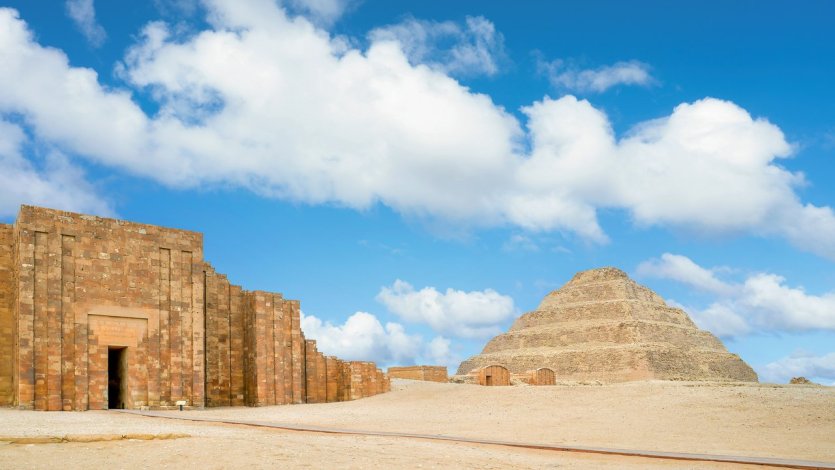
28 km from Cairo, south of the Giza plateau, you can discover the necropolis of Saqqarah. Less well known and much older than Giza, it is nonetheless a must-see. In 2018, the Minister of Antiquities announced the discovery of seven new tombs in the area on the stony edge of King Userkaf's pyramid complex. The mission discovered three New Kingdom tombs that had been used at the end of the period as a cat necropolis, as well as four other Old Kingdom tombs, the most important of which belonged to Khufu-Imhat, the overseer of the royal palace buildings.
4. Alexandria
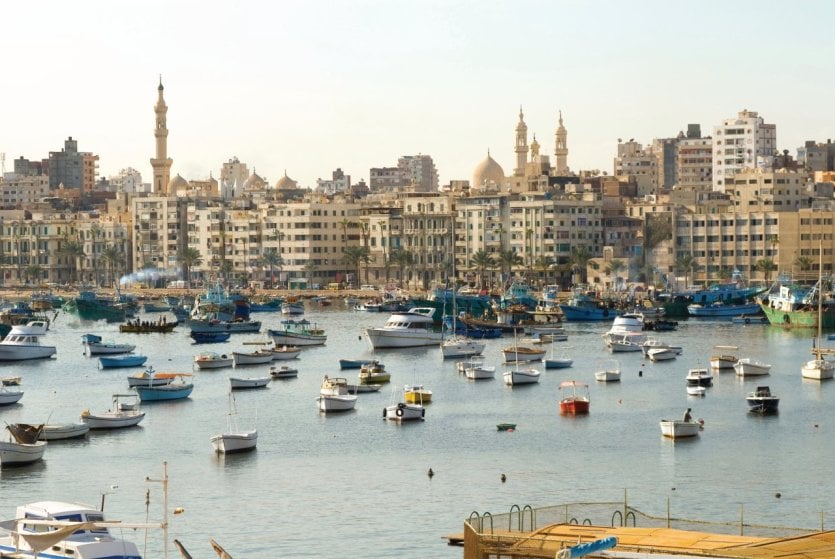
CosmopolitanAlexandria was founded in 332 B.C. by the famous conqueror Alexander, with the ambition of being turned towards, but not part of, Egypt. Under the enlightened leadership of his successors, the city developed with genius to become the intellectual center of the Hellenistic world. If the lighthouse was a shining symbol of the Mediterranean, the library was also a radiant cultural hotbed, attracting scholars, philosophers and theologians of the day. Today, "Alex", as its inhabitants affectionately call it, has prospered, as has the entire Egyptian Mediterranean coastline, while facing the challenges of sometimes uncontrolled urbanization. However, along the magnificent bay stretching from Qaïtbay Fort to Silsileh Point, an elegant 4 km curve of Italianate and neo-Arabic buildings testifies to the city's timeless charm. One of a kind!
Take a day trip to historic Alexandria and discover the vestiges of a bygone era by booking your guided tour right here! your guided tour right here!
5. Suez Canal
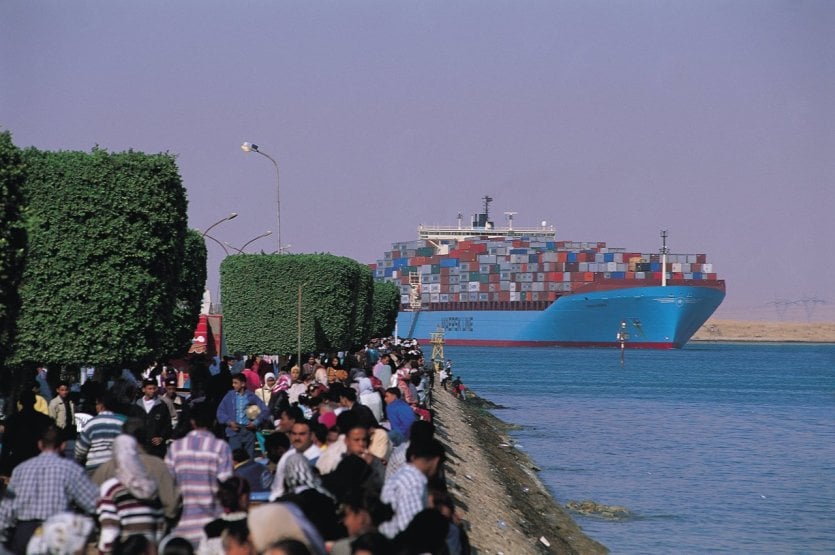
Today, it's hard to imagine a map of the region without the thin blue line linking the Mediterranean and Red Seas. For centuries, however, they were separated by a 150 km-wide strip of desert, forcing ships to make long detours to cross from the Atlantic to the Indian Ocean. The canal, which is now 163 km long, is still a very popular shipping route. The Suez Canal offers the astonishing spectacle of giant ships gliding through the desert.
6. Abu Simbel
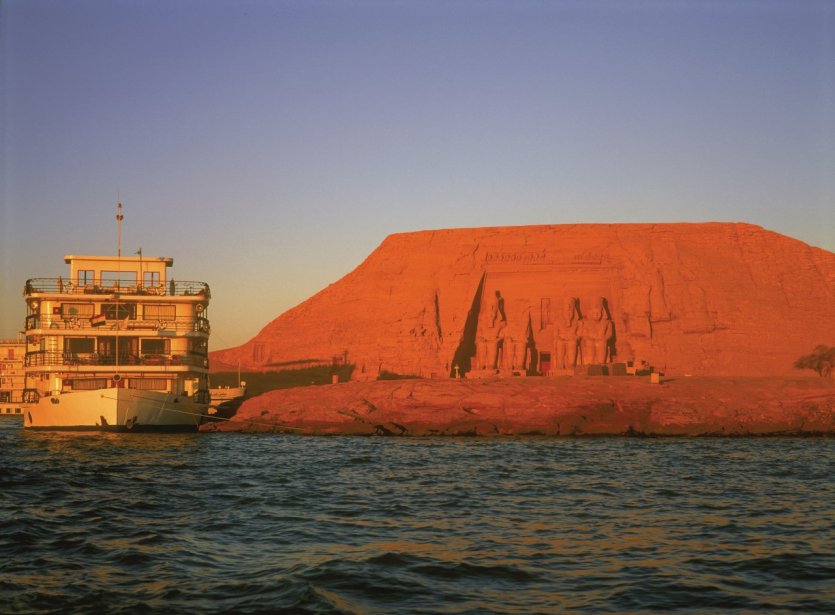
Like the Temple of Isis at Philae,Abu Simbel 's two monumental temples were threatened with engulfment when the Aswan Dam was built. However, unlike the first, these temples were carved directly into the rock. In order to preserve them, a radical solution was implemented: cut out the temples and artificially reconstitute them on a higher point. The work began in 1963 and took eight years to complete. Each block, weighing between 5 and 20 tonnes - a total of 12,000 tonnes - was meticulously cut, numbered, treated with synthetic resins, moved and then assembled 65 metres above its original location. Abu Simbel, some 300 km from Aswan, consists of a tiny village and an airport, giving visitors access to this extraordinary site and the seated royal colossi that adorn its façade. Book this must-see tour by clicking right here!
7. Valley of the Kings
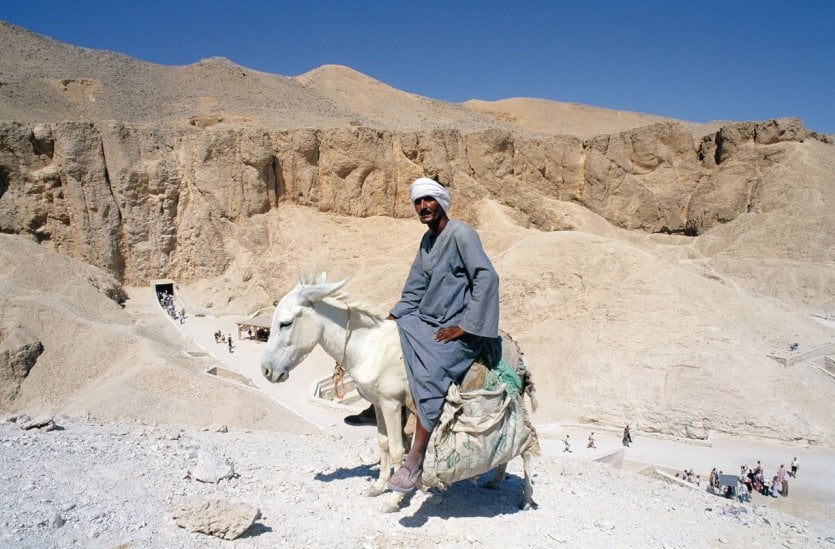
The mythical Valley of the Kings can be reached either by road or by climbing the ridge to the north of Hatshepsut's temple. From the summit, the panorama is truly exceptional. Since ancient times, the valley has been used as a royal necropolis, from the reign of the 18th Dynasty, with Pharaoh Thutmes I as the first ruler to be buried there, until the end of the 20th Dynasty. During four centuries of hard work, workers of all origins cleared, dug and polished thousands of tons of stone and rubble to create tombs that reflected the power of their kings. The scale of this undertaking is beyond our comprehension, especially when we consider the limited technical resources of the time (tools, lighting) and the difficult working conditions (heat, dust). The discovery of Tutankhamen's tomb by Howard Carter in 1922 amazed the world by revealing this famous valley in all its splendour.
We recommend that you book this day trip to discover the capital of the Pharaohs and its impressive architectural heritage: the Temple of Karnak, the Valley of the Kings, the Colossi of Memnon and the Temple of Hatshepsut.
8. Luxor
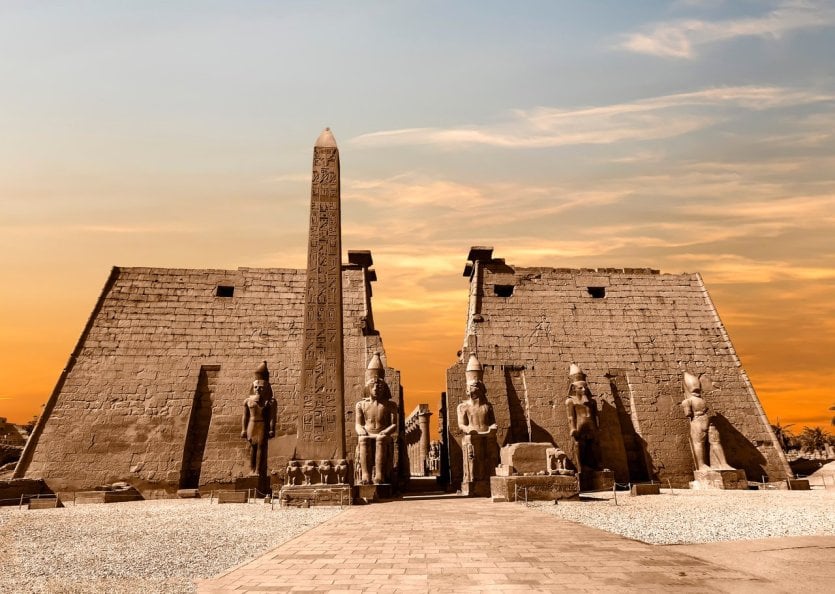
Luxor is a city that perfectly embodies the myth of ancient Egypt, arousing the passions of those who love this country. Its history has been told many times, from the Emperor Hadrian to today's tourists, who are increasingly fascinated by Egyptomania. Once known as Thebes, Luxor has become a mythical destination. Exploring the Egyptian pantheon and the temples dedicated to its gods, one realizes that never in the country's ancient history has a city existed more grandiose than Thebes. When the evocation of the gods invites itself into the visitor's daily life, Luxor takes on a magical dimension, far beyond the simple construction of pylons and columns. Here, the Egyptian pantheon comes powerfully to life, leaving a deep imprint on the visitor. In addition to the majestic temples, visitors will be touched by the tombs in the valleys of the Nobles and Artisans, offering a freer style where details of daily life emerge. In the surrounding area, it's best to linger in the verdant countryside, where you can observe palm trees with date-laden branches, small muddy canals irrigating sugarcane fields, and unassuming donkeys carrying sacks of fodder. The scenery seems unchanged since the days of these peasant people. This picturesque atmosphere adds an authentic touch to the experience.
9. Temple of Karnak
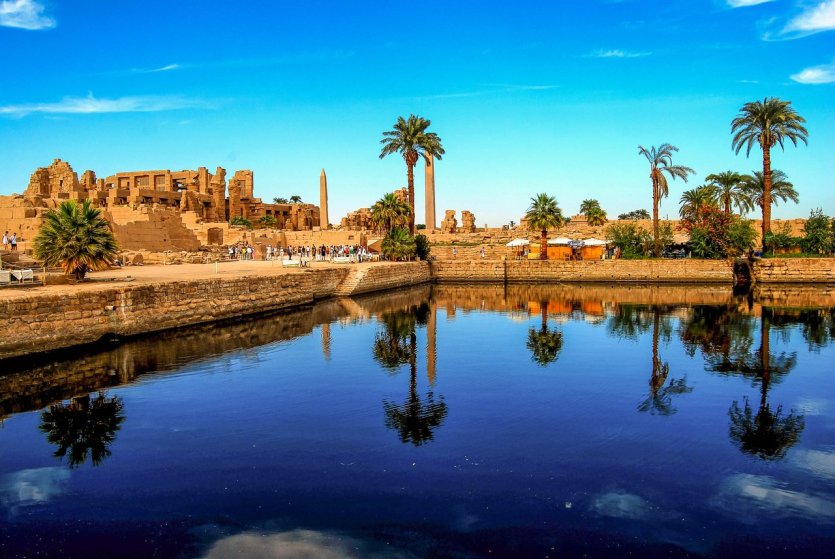
Welcome to one of Egypt's most famous sites, and get ready for a thrilling experience... The impressive dimensions of this site (around 1.5 km long and 700 m wide), located just outside Luxor, and the complex mix of its structures give it more the appearance of a city than a simple temple! Karnak Temple was once the world's largest religious complex, rooted in a sacred place, the Sacred Hill, where, according to the ancient Egyptians, the world was created. Several pharaohs wished to erect temples in their own image, leading to multiple expansions of the complex. Karnak cannot therefore be seen in a single glance. For this reason, we strongly recommend that you hire the services of a qualified guide. For others, it's best to let their eyes linger on the countless wonders, without trying to see and understand everything in one or a few hours, as this would be impossible.
10. Aswan
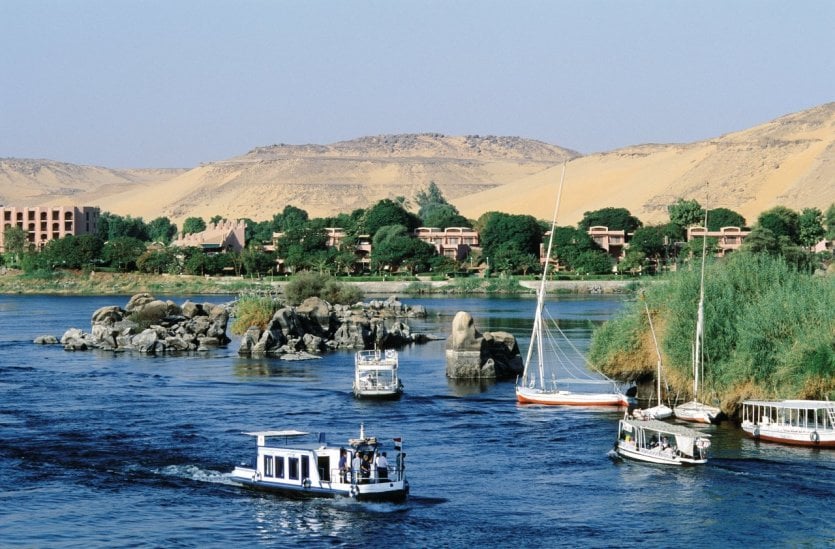
Although the Greeks named this trading city Syene, it is above all under the name of Elephantine that we remember its most ancient times. Situated at the entrance to the land of Kush, now known as Nubia, Aswan marks a transition to another Egypt, a region linked to Sudan and the Black Pharaohs. In those distant days, inhabitants populated the islands of Elephantine and Sehel. Pink granite quarries provided the whole country with materials to adorn temples or create monumental statues. Heading out from Kôm-Ombo, the valley narrows, the sand becomes more yellow and the palm groves lining the road and railroad contrast with the sun-baked mineral expanses. Naturally, eyes turn more to the Nile, which appears bluer, darker and cooler. Bathers cool off in the river along the sandy banks of the west bank, an activity that has become fashionable. Aswan is the gateway to Nubia, whose people have regained their place in society, and a visit to the Nubian villages is now a must. The city is also the starting point for several-day cruises on the lake, visiting the rare sites that have been displaced and preserved from the waters, as well as fishing safaris where you can come across the Nile crocodiles that have repopulated the region. In short, Aswan is a fascinating destination, rich in discoveries.
11. Philae
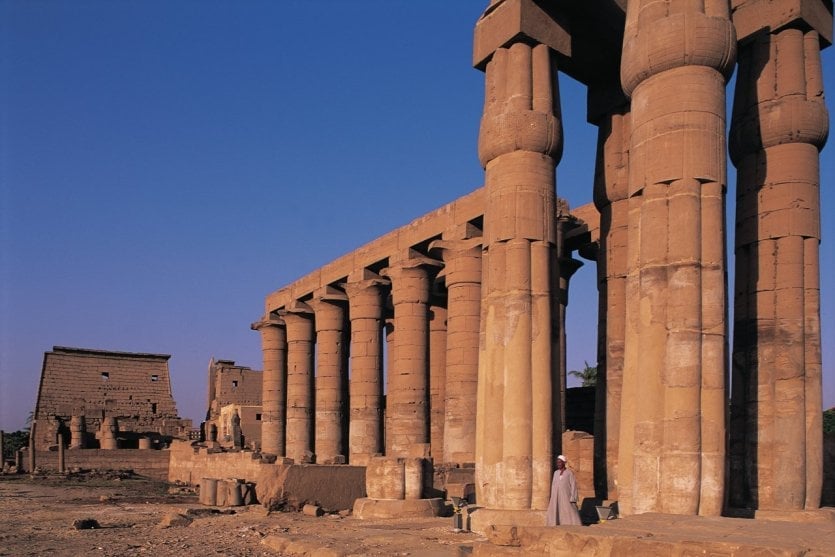
I might as well tell you right now: you won't see the real island of Philae, swallowed up by the waters of Lake Nasser. As a result, the Temple of Isis was dismantled and rebuilt on another island, 300 m higher and further away: Agilka. Previously, the contours of this island had been reshaped to give it the original topography of Philae. Work began in 1972, but was not completed until eight years later. On the pylons, you'll notice the dark mark of the waters that were beginning to attack the stone. The Temple of Isis was built by the Ptolemies. It quickly became the center of Isis worship until 543 CE, after a decree by Justinian forbade it. A Christian church had already been established here in the 4th century.
12. Hurghada
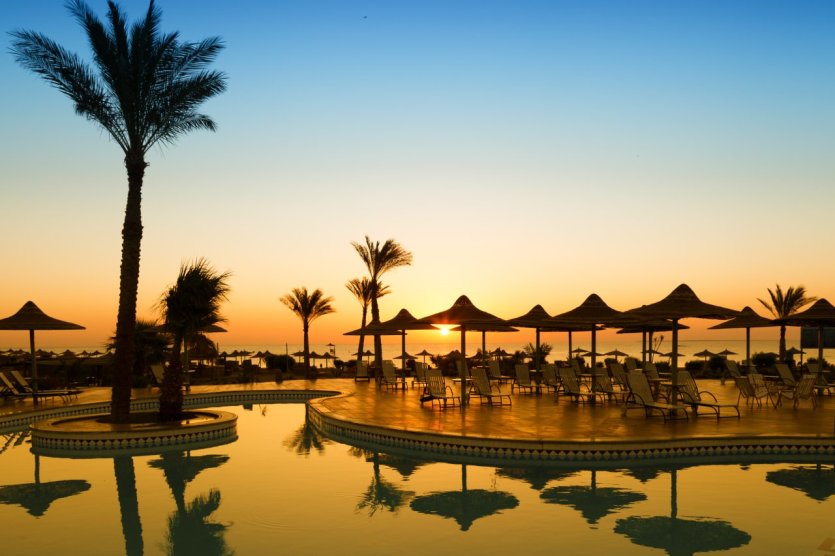
once a fishing and shipbuilding port, Hurghada, also known by its Arabic name of "El-Ghardaqa", is today a renowned seaside resort thanks to its spectacular seabed and some of the world's finest diving spots. It is one of the two most famous resorts on the Red Sea, the other being Sharm el-Sheikh, and is the main town on the Egyptian coast. Stretching over some twenty kilometers, the city is divided into a number of widely separated districts. The historic heart of the city, Dahar, has managed to preserve its traditional charm. As night falls, the old quarters near the mosque come to life, fragrant with the delicious smells of grilled meats, while the lively activities of the souk echo in the background. Tourism is mainly concentrated in the local resorts.
13. Sharm el-Sheikh
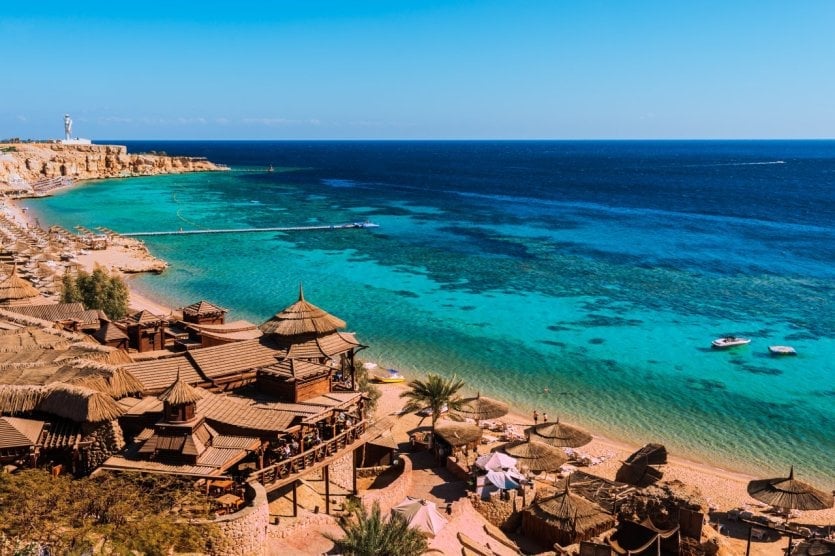
Before you head off to Sharm el-Sheikh, it's important to remember that this is one of the world's leading scuba diving destinations, not just in Egypt. Sharm el-Sheikh's reputation is well-deserved, and justifies its success. From south to north, you'll find the city divided into neighborhoods. First, the port called Sharm el-Mayya; a residential area called El-Habada; the famous Naama Bay, home to the city's "historic" hotels; and the more recent Shark Bay, home to the most luxurious hotels. When it comes to bathing, the same generous principle applies: the beaches are the exclusive property of the hotels.
14. Marsa Alam

Located on Egypt's Red Sea coast, Marsa Alam is the southernmost village in the region. It lies some 132 kilometers south of El Quseir. Once a modest fishing village, Marsa Alam has grown in popularity over the years with divers and those who enjoy long lazy sessions. Fifteen years ago, Marsa Alam was still largely unknown to the general public, but it has since become a popular destination for its chic and exclusive feel. However, despite its charm and elegance, the boom in hotel construction has gradually altered the privileged village atmosphere that once characterized the place. But it's definitely worth a visit to round off your trip in style.
15. Souks and crafts
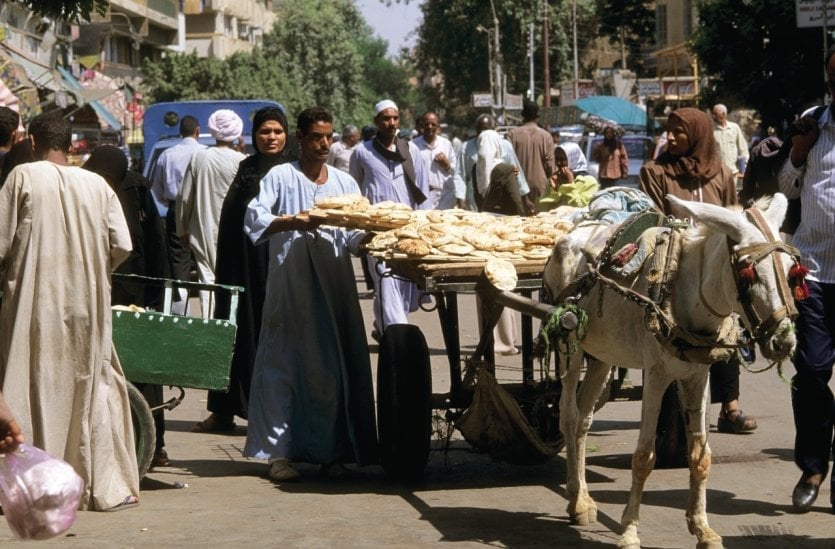
Marquetry, fabrics, lamps, blown-glass products, pottery, galabeyas (the Egyptian equivalent of the North African djellaba), carpets, soaps, oils, antiques... Egypt offers an extremely rich and high-quality range of handicrafts. However, you'll need to be patient, and don't hesitate to venture outside the tourist markets, where production is not local and often of lesser quality. The souks of Cairo and Alexandria are less subject to mass tourism than those of Luxor or the Red Sea, for example. In any case, you'll find plenty of wonders to slip into your suitcase before the plane home between two succulent dishes to discover!
16. Nile cruises
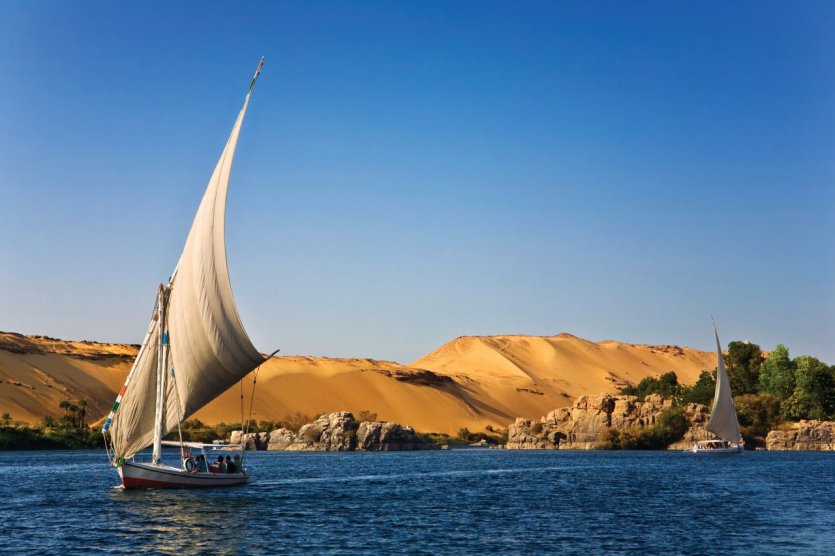
Whatever our preference, be it luxury, relaxation or adventure, archaeological sites or camel markets, Nile cruises offer an incredible range of possibilities to suit all tastes! There's perhaps no better way to discover the Nile Valley and its treasures. There's nothing like traveling slowly and contemplating the lush vegetation from a felucca or the deck of a dahabeyya. Discovering Egypt by navigating this creative and nourishing river, which has fed the country and its inhabitants for millennia, is a true delight. The Nile is a river steeped in history, and the Egyptians' joie de vivre is undoubtedly partly due, since time immemorial, to this life-giving river, which has brought wealth to the country thanks to its regular floods, depositing fertile silt on farmland. Today, a cruise on the Nile allows travellers to take their time, to admire the river and its banks, its temples and villages, while escaping the sometimes hectic pace of other journeys. It's an unforgettable experience that offers a unique perspective on Egypt and its historical and natural wonders. Click here to book your cruise foran evening, for example!
17. Diving in the Red Sea

The Red Sea coast is famous for its crystal-clear waters, exceptional seabed, spectacular corals and unique biodiversity. It attracts a large number of travelers eager to dive in its waters, which offer a multitude of underwater sites among the most renowned in the world. Once a small fishing village, Hurghada is now a must-see destination, as are Sharm el-Sheikh, Dahab, Nuweiba, Taba, Hurghada, Port Safaga, Quseir and Marsa Alam. Along this coast, there are numerous diving agencies offering introductory courses and certifications at very affordable rates. For diving enthusiasts, who come here from the four corners of the globe, this is a veritable paradise where they can discover an incredible variety of species.
What's the most beautiful place in Egypt?
Egypt is still one of the world's top destinations in 2023. While the famous pyramids of Giza are magnificent and obviously a must-see, we fell in love with those of Saqqarah, which have the added charm of antiquity. Saqqarah is a key site for understanding the pyramids and the funerary art of the pharaohs. This necropolis of the Memphis pharaohs was used between 2700 BC and 1200 BC. Of Egypt's 100 pyramids, 16, more or less well preserved, are located here. And it's here that the first pyramid texts appear!
When is the best time to visit Egypt?
In Egypt, climates vary considerably from one region to another, resulting in different high and low seasons, so you need to choose the right time for your trip. Summer is extremely hot. The high season extends from October (when the sun still shines brightly) to March, whilethe low season covers the period from April to September. Travelling during the off-season offers a number of advantages, not only in terms of finance but also organization and peace of mind. You can avoid the Ramadan period, when the country's economy slows down and many businesses are closed.


